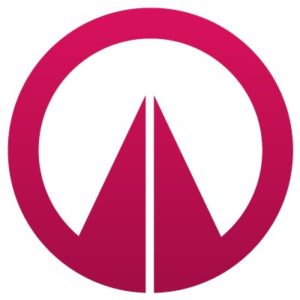 Yesterday, I was happy to see Tom Hunter, director of the Arthur C Clarke Award, announce that he and I are working together to bring our two organisations closer together. In 2013, the Clarke Award was criticised for having an all-male shortlist. Having an all-male shortlist once in a while (this was only the second in nearly 30 years) should surprise no one, given how few science fiction books by women are published and then submitted for awards. Its statistical inevitability doesn’t, however, mean that the question of how many women write in the genre should go unexamined. Indeed, Tom and I have had some very long, very interesting conversations about it, and it was these conversations that lead us to decide to find a way to bring our organisations together.
Yesterday, I was happy to see Tom Hunter, director of the Arthur C Clarke Award, announce that he and I are working together to bring our two organisations closer together. In 2013, the Clarke Award was criticised for having an all-male shortlist. Having an all-male shortlist once in a while (this was only the second in nearly 30 years) should surprise no one, given how few science fiction books by women are published and then submitted for awards. Its statistical inevitability doesn’t, however, mean that the question of how many women write in the genre should go unexamined. Indeed, Tom and I have had some very long, very interesting conversations about it, and it was these conversations that lead us to decide to find a way to bring our organisations together.
STEM and science fiction suffer from the same ‘pipeline’ problem — it’s hard to attract women, and harder to retain them. And both fields have a problem with prejudice, including conscious sexism and the more pernicious unconscious bias. These are complex cultural challenges that need a lot of unpicking, and for which there isn’t a silver bullet. I’ve always been a pluralist and believe that to effectively tackle this problem we need to take many different approaches, none of which will be able to solve the whole problem, but each of which can deal with a particular facet. Together, these many different approaches can effect significant change.
One of the reasons I’ve been wanting to work with the Clarke Award is that there is a delightful overlap between science fiction and STEM, one that I’m keen to explore. Science fiction has inspired many a youngster to go into STEM, and advances in STEM have in turn inspired more authors than we can count. I’m excited to think about how a collaboration between ALD and the Clarke Award can help women on both sides of that equation!
Another reason for this is more personal: I grew up reading my Dad’s science fiction collection. Indeed, I graduated straight from Nancy Drew to Arthur C Clarke, EE Doc Smith, Isaac Asimov, Robert Heinlein and whatever else my Dad had on his bookshelves. I read anything and everything, frequently when I should have been asleep.
The first science fiction author that I discovered for myself was Anne McCaffrey and she became one of my favourites. For the first time, I could read about women’s heroism, from a woman’s perspective. So much science fiction then was by men, about men, and for men, and whilst I would read it all and enjoy quite a bit of it, it didn’t speak to me. McCaffrey did.
Whether it was her Pern series, or The Crystal Singer, or Dinosaur Planet, or the Talents series, or any of her other books, McCaffrey’s women were opinionated, strong, talented, flawed and, above all, interesting. And they provided me with the the kinds of female role models that I didn’t see in everyday life, or even on TV. Although I didn’t realise it at the time, my main role models as a teen were McCaffrey’s Lessa and Killashandra, followed the very real Maggie Philbin, presenter on Tomorrow’s World. And that, really was all there was.
Role models aren’t just living women, or historical women, they are fictitious women too. We make sense of the world using stories, and fiction helps us explore ideas of what life would be like in a different reality. Before we can do something, we have to imagine it. Seeing women as leading characters in my favourite books, reading about women doing science, exploring the universe, as experts and leaders, and yes, even flying dragons, helps us to imagine ourselves doing those things, (especially flying dragons). These stories told me that someone, somewhere, thought that women could be more than just a footnote, a nameless character in the background, or a gruesome death to motivate a man.
So working with Tom and the Clarke Award on the issues facing women in science fiction speaks directly to the core mission of Ada Lovelace Day: to create new role models for girls and women in STEM. And it adds a new one: to inspire science fiction authors, especially women, with the amazing, astounding and real stories of women in STEM.